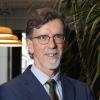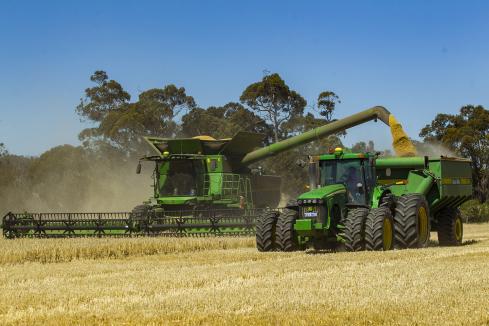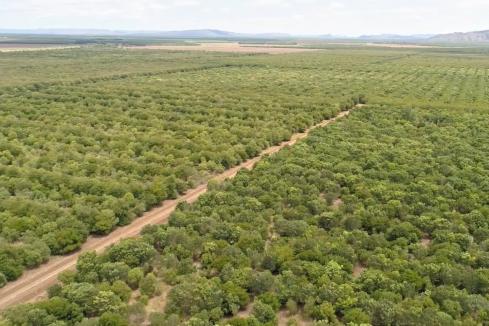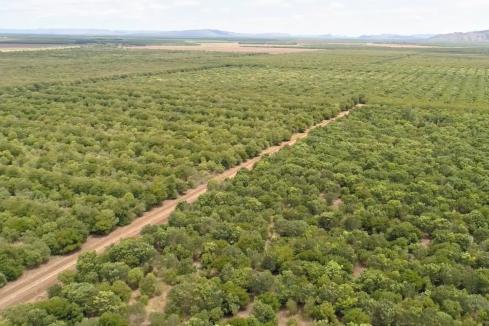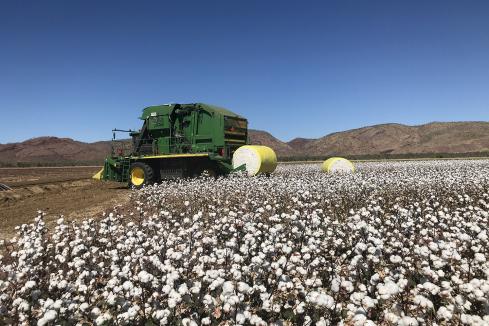

The development of the Ord River region in the state’s far north will be significantly affected by the tender process for 5,000 hectares of land released by the state government last week.
Among those to have registered their interest at this stage is China-backed company Kimberley Agricultural Investments, which secured rights to develop 13,400ha of land in 2012 and is keen to secure a lot more.
Competing bidders are likely to include two big sandalwood producers.
ASX-listed TFS Corporation already has 3,800ha of sandalwood plantation in the Ord River irrigation area and a further 1,900ha further south at privately developed Kingston Rest.
The other player is Santanol, backed by giant private equity group KKR and forestry veteran Tony Jack.
A spokesman confirmed Santanol would bid for the new land, to add to the 2,000ha of sandalwood plantation it already owns.
TFS and Santanol are the most significant landholders in the Ord, accounting for nearly half the 14,000ha of irrigated farmland currently in use.
Beef producer Australian Agricultural Co, which was understood to be a bidder in 2012, is considered unlikely to have any interest in the new land.
Regional Development Minister Terry Redman said the new release was an opportunity for the state government to engage with the private sector and develop the partnerships needed to fully realise the potential of the Ord scheme.
Similar rhetoric has come from politicians since 1963, when the first irrigation system was established.
Since then, attempts to grow cotton, rice and sugar have all failed, for a mix of agronomic and commercial reasons.
Apart from sandalwood, the region’s main agricultural pursuit is horticulture.
KAI is hoping to change that, with long-term plans to re-establish a sugar mill near Kununurra; but the company is cautious about the future.
“Whatever we do, whether it’s sugar or grains or another crop, it needs scale to drive the investment in processing and ports and other infrastructure,” KAI general manager Jim Engelke told Business News.
“You need scale to be globally competitive.
“It would make things a lot easier of we knew what scale we were going to end up with.”
In the short term, KAI is planting grains and sorghum on its cleared land.
Mr Engelke said the company expected to complete the clearing of its Goomig land parcel by the end of the year.
However, it was still awaiting final approvals to proceed with clearing and developing its Knox Plains land parcel.
Mr Engelke said KAI would need to stand down about 60 contractors if it was unable to obtain all necessary approvals by the end of the year.
This would include about 20 workers from MG Corporation, which is owned by the region’s native titleholders.
The Goomig and Knox Plains land parcels were part of the Ord East Kimberley expansion project, which required $517 million of state and federal government spending on irrigation channels, roads and other infrastructure.
KAI needs access to at least 30,000ha of irrigated land to make a sugar mill commercially viable, and that will only occur if it can secure more land in both WA and on the Northern Territory side of the border.
The federal government’s white paper on northern Australia, released one month ago, cautiously supported expansion into the NT.
It promised $5 million to examine the economic feasibility of the Ord stage 3 development, which comprises 14,500ha of land in the NT.
The white paper said there was concern about potential production risks, such as soil salinity, and these would be a key component of the study.
In the meantime, the NT government, which has been working on Ord stage 3 since 2012, is in negotiations with the native titleholders, through the Northern Land Council, regarding a small area (1,800ha) of land on Knox Plains.


